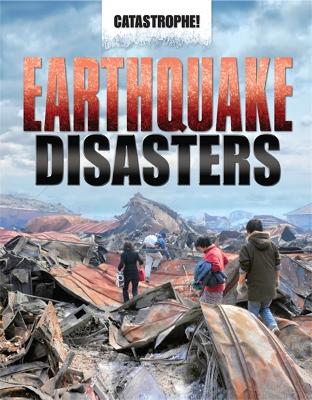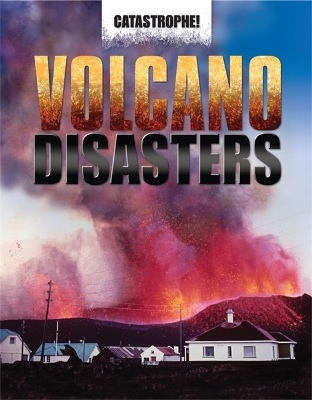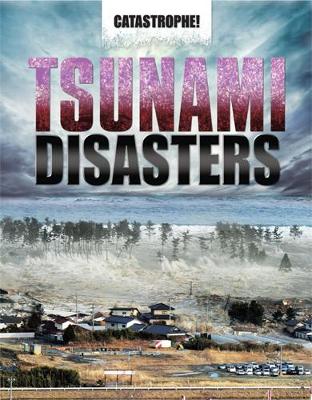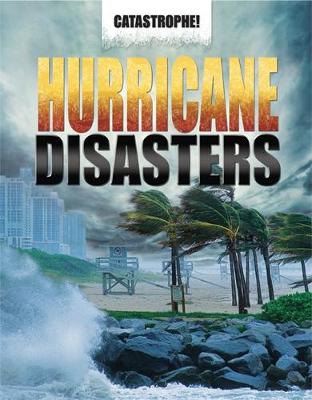Catastrophe
6 total works
Earthquakes are one of the most destructive natural forces we are likely to experience on Earth. They can devastate entire cities and kill thousands of people. They can also trigger (and be triggered by) other natural disasters such as volcanic eruptions and tsunamis.
Earthquake Disasters first explores the science behind these powerful events - with an overview of tectonics and the continental plates moving, types of fault lines and how scientists (seismologists) study and predict the occurrence of earthquakes all over the world. Some famous earthquakes are then explored in detail, explaining how, why and when some of the world's biggest and most famous quakes occurred. From the Fukushima disaster in 2011 and the Haiti earthquake in 2010, to the 1906 San Francisco earthquake and as far back as the quake that devastated Antioch in Turkey in CE 526, the power and devastation of these fascinating natural disasters will make for compelling reading.
Part of a series of 6 books, Catastrophe! uses historical reports, eyewitness accounts and expert opinions to explore incredible natural and man-made disasters.
Suitable for KS2-3 these are excellent reference books for teachers and students.
Volcano disasters are terrible occurrences and a source of fear and fascination for many people. They are often devastating and can kill hundreds of people at a time. Many people have lost their lives over the years in aircraft crashes.
Volcano Disasters first explores how and why a volcano erupts by explaining how the Earth's tectonic plates and what magma is made of. In our densely populated world volcanoes can be a major threat to human lives. This book explores some famous volcano disasters in detail, explaining how, why and when some of the world's biggest and most famous eruptions occurred. From the 2010 eruption of Eyjafjallajoekull in Iceland in 2010, whose eruption of hot ash grounded planes around the world, to possibly the most famous eruption of all time - Pompeii and more volcanoes in between - the factors that contributed to each of these disasters are examined in detail and make for compelling reading.
Part of a series of 6 books, Catastrophe! uses historical reports, eyewitness accounts and expert opinions to explore incredible natural and man-made disasters.
Suitable for KS2-3 these are excellent reference books for teachers and students.
Suitable for KS2-3 these are excellent reference books for teachers and students.





